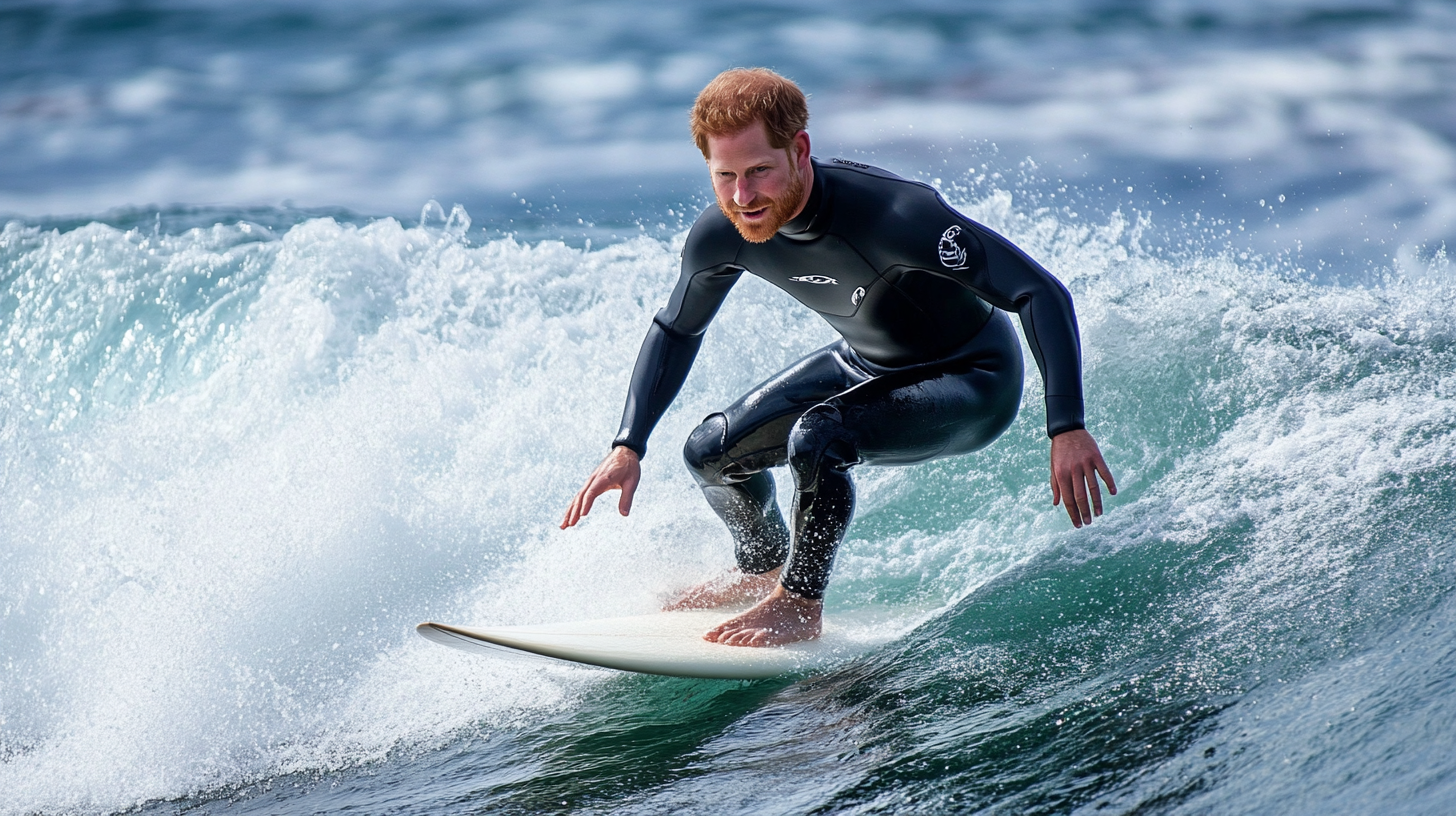

Identifying embedded media content
When browsing online, you may come across content that appears as a video or other multimedia, but instead of being a direct file, it is embedded within the page. Embedded media content typically includes videos, audio, or interactive elements that are hosted on external platforms like YouTube, Vimeo, or SoundCloud. These are not stored directly on the website you’re visiting but are instead linked through an iframe or similar code that allows the media to be displayed seamlessly within the page.
In most cases, embedded media is easy to identify. If you see a video player or an interactive element that you can play or interact with without leaving the page, it is likely embedded. The code behind this content is usually provided by the hosting platform and inserted into the website by the content creator. This method is commonly used because it reduces the load on the website’s servers and ensures that the media is streamed directly from the platform where it is hosted.
For surfers looking to share their latest wave-riding adventures, embedding videos from platforms like YouTube or Vimeo is a popular choice. It allows them to showcase high-quality footage without worrying about file size limitations or bandwidth issues on their personal websites or blogs. However, it’s important to ensure that the embedded content is relevant and enhances the overall experience for the audience.
Converting video links to text
When converting video links to text, the goal is to provide a written description or transcription of the video content that can be easily understood by readers who may not have the ability or desire to watch the video. This is particularly useful for surfers who want to share their experiences but also cater to an audience that prefers reading or may be in a situation where watching a video isn’t feasible, such as when they’re on the go or have limited data access.
To begin, start by summarising the key points of the video. For example, if the video shows a surfer catching a wave at Bondi Beach, describe the conditions of the day, the size of the waves, and any notable moments from the ride. You can also include personal insights, such as how the wave felt, the technique used, or any challenges faced during the session. This not only gives context to the video but also adds a personal touch that resonates with the audience.
For more detailed content, consider providing a full transcription of the video. This is especially helpful if the video includes commentary, interviews, or instructional content. A transcription allows readers to follow along with the spoken words, making the content accessible to those who may have hearing impairments or prefer reading over watching. Additionally, search engines can index text more easily than video, which can improve the visibility of your content online.
When converting video links to text, it’s also important to maintain the tone and style of the original video. If the video is casual and laid-back, reflecting the easy-going nature of surf culture, the text should mirror that vibe. On the other hand, if the video is more technical, such as a tutorial on how to perform a specific surfing manoeuvre, the text should be clear, concise, and instructional.
Ultimately, converting video links to text is about making your content more versatile and accessible. Whether you’re sharing a thrilling surf session or offering tips on how to improve your technique, providing a written version ensures that your audience can engage with your content in the way that suits them best.
Best practices for sharing multimedia
When sharing multimedia content, especially in the surfing community, it’s essential to consider how your audience will engage with it. Whether you’re posting a video of your latest surf session at Bells Beach or sharing a podcast interview with a pro surfer, there are a few best practices to keep in mind to ensure your content is well-received and accessible to as many people as possible.
First, always ensure that the media you are sharing is high-quality. For videos, this means shooting in good lighting, using a stable camera, and ensuring the audio is clear if there’s commentary or background sound. Poor-quality media can detract from the viewer’s experience, and in a sport like surfing, where visuals are key, you want to make sure every wave, every turn, and every wipeout is captured in the best possible way.
Next, consider the platform where you are sharing your content. Different platforms have different strengths. For example, YouTube is great for long-form videos, while Instagram is better suited for short clips or highlights. If you’re sharing a tutorial on how to master a cutback, YouTube might be the best option, but if you’re just showing off a quick barrel roll, Instagram Stories or Reels could be more appropriate. Tailoring your content to the platform ensures that it reaches the right audience in the right format.
Another important aspect is to provide context for your multimedia. If you’re posting a video of a surf session, include a brief description of where and when it took place, the conditions of the surf, and any notable moments. This helps viewers who may not be familiar with the location or conditions to better appreciate the content. For example, if you’re sharing footage from a particularly challenging day at Margaret River, mentioning the size of the swell and the strength of the offshore winds can give viewers a better understanding of the difficulty level.
Accessibility is also key when sharing multimedia. Not everyone will be able to watch a video or listen to audio, so providing alternative formats, such as captions for videos or transcripts for podcasts, can make your content more inclusive. This is especially important for surfers who may be on the go, in areas with limited internet access, or for those with hearing impairments. Including captions or transcripts not only broadens your audience but also improves your content’s searchability, as search engines can index text more easily than multimedia files.
Finally, always respect copyright and give credit where it’s due. If you’re using music, footage, or images that aren’t your own, make sure you have the proper permissions or licenses to use them. This is especially important in the surfing world, where many creators share their work online. Acknowledging the original creators not only avoids legal issues but also fosters a sense of community and respect within the surfing culture.
By following these best practices, you can ensure that your multimedia content is engaging, accessible, and respectful of others’ work, helping you build a stronger connection with your audience and the broader surfing community.
Identifying embedded media content
Alright, mate, let’s get this straight. Sometimes when you’re cruising the web, you’ll come across what looks like an article, but instead of words, you’re hit with a video or some fancy iframe code. It’s like rocking up to the beach with your board, only to find out the waves are flat. Not exactly what you were expecting, right?
Embedded media content is basically when a video, image, or interactive element is dropped into a page instead of the usual text. You’ll see it in the form of YouTube videos, Instagram posts, or even Google Maps. It’s all about making the content more engaging, but sometimes it leaves you hanging if you were after a good read. You can spot it by looking for things like a play button or a frame that’s not quite part of the article itself.
So, if you’re here for a solid read and all you’re getting is a video link, don’t stress. It’s just the way some content is served up these days. But if you’re after the words, you might need to dig a little deeper or ask for the text version. After all, not every wave is a good one, but there’s always another set coming in.
Requesting article text for rewriting
Now, if you’ve found yourself staring at a video or some embedded content when you were expecting a good ol’ fashioned article, don’t throw in the towel just yet. Sometimes, all you need to do is ask for the text version. It’s like when you’re out fishing and the fish aren’t biting – you don’t pack up and head home, you just switch up your bait. Same deal here.
When you’re keen on getting the written goods, just reach out and request the article text. Most sites are happy to oblige, and it’s a simple way to get what you’re after without having to sit through a video or scroll through a bunch of images. It’s like asking the local surf shop for a wax job – they know what you need, and they’re usually happy to help.
And hey, if you’re looking to have that article rewritten, maybe to give it a bit more punch or make it more relevant to your next adventure, that’s where the magic happens. You can take the original text and give it a fresh spin, like catching a wave and carving your own line. Whether you’re after something more concise, or you want to throw in a bit of Aussie flair, it’s all about making the content work for you.
So, don’t be shy about asking for the text. After all, it’s your ride – you might as well make it a good one.

